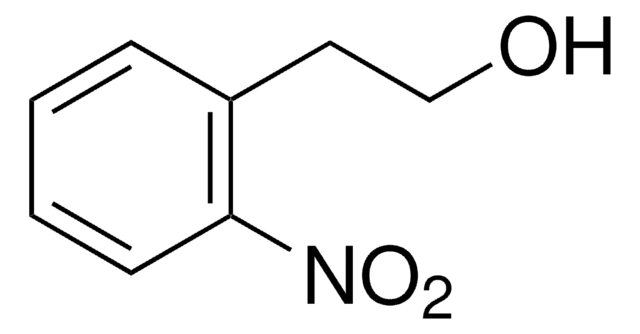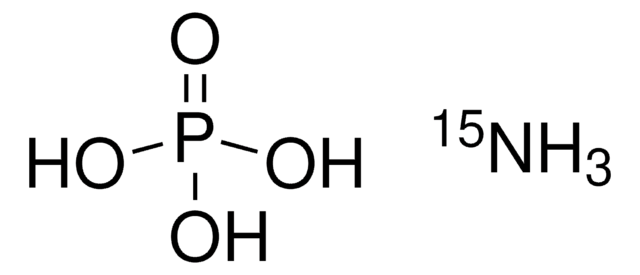204005
Ammonium dihydrogenphosphate
99.999% trace metals basis
Synonym(s):
Ammonium phosphate monobasic, mono-Ammonium phosphate, prim-Ammonium phosphate, Ammonium dihydrogenphosphate
About This Item
Recommended Products
grade
for analytical purposes
Quality Level
Assay
99.999% trace metals basis
form
crystalline
impurities
≤15.0 ppm Trace Metal Analysis
mp
190 °C (dec.) (lit.)
application(s)
battery manufacturing
SMILES string
N.OP(O)(O)=O
InChI
1S/H3N.H3O4P/c;1-5(2,3)4/h1H3;(H3,1,2,3,4)
InChI key
LFVGISIMTYGQHF-UHFFFAOYSA-N
Looking for similar products? Visit Product Comparison Guide
Related Categories
General description
Application
- As a precursor to fabricate cathode materials for Li-ion batteries to enhance cyclic performance.
- As an electrolyte additive in rechargeable batteries to enhance the ionic conductivity or to reduce the risk of side reactions within the electrolyte.
- To fabricate flame-retardant polymer composites.
Storage Class Code
13 - Non Combustible Solids
WGK
WGK 1
Flash Point(F)
Not applicable
Flash Point(C)
Not applicable
Personal Protective Equipment
Choose from one of the most recent versions:
Already Own This Product?
Find documentation for the products that you have recently purchased in the Document Library.
Customers Also Viewed
Global Trade Item Number
| SKU | GTIN |
|---|---|
| 204005-25G | 4061838766625 |
| 204005-100G | 4061838766618 |
| 204005-500G | 4061838766632 |
Our team of scientists has experience in all areas of research including Life Science, Material Science, Chemical Synthesis, Chromatography, Analytical and many others.
Contact Technical Service





